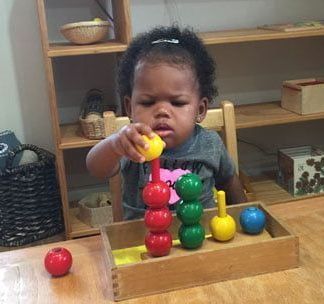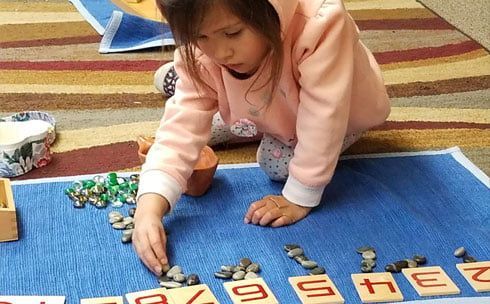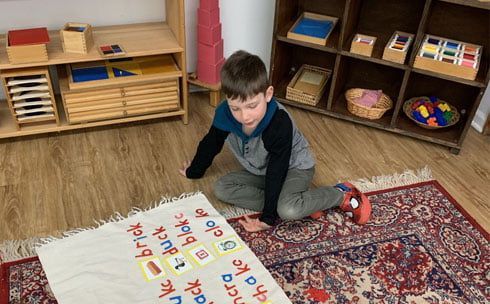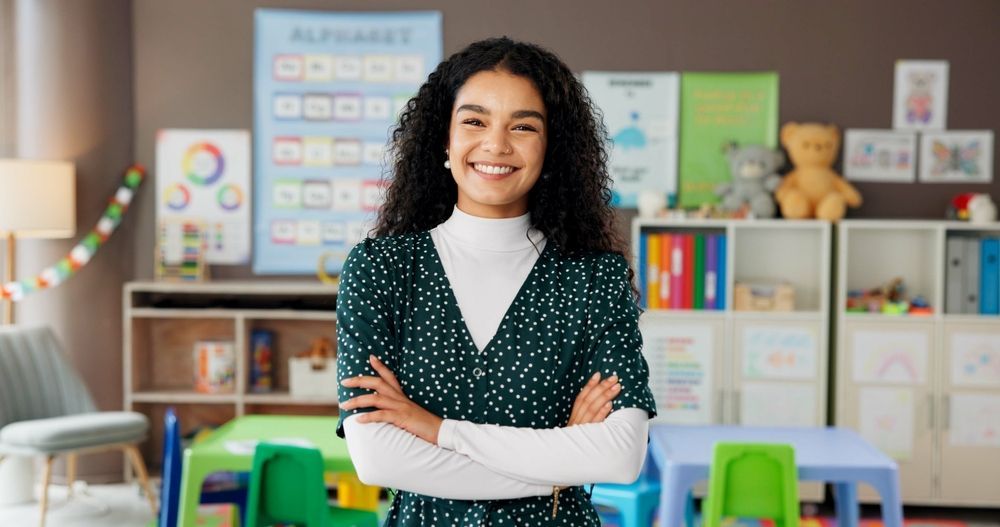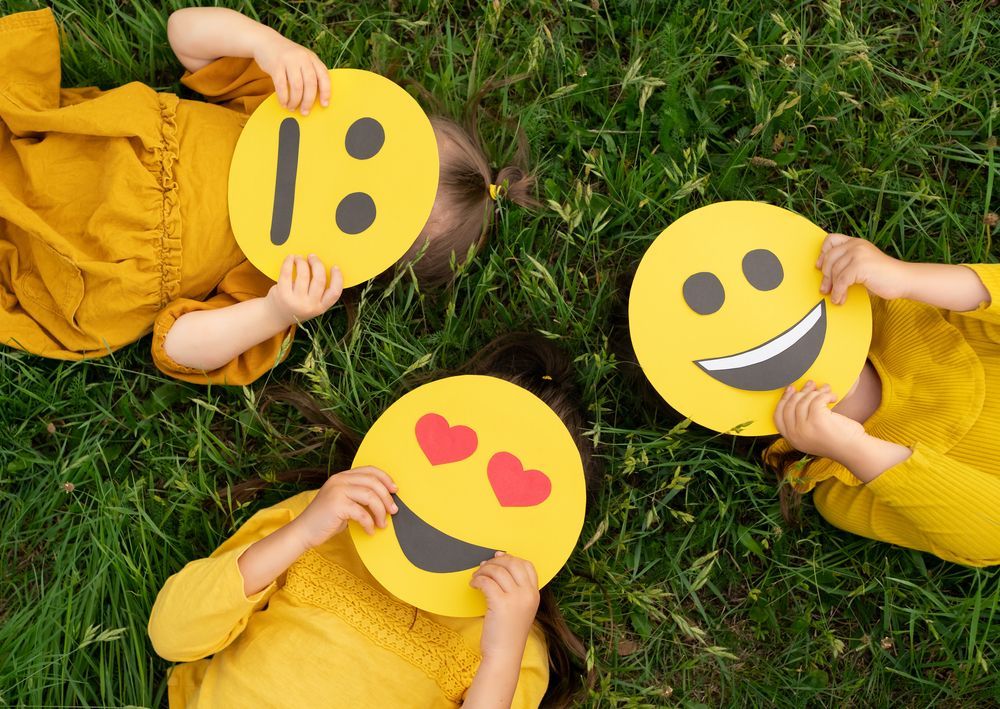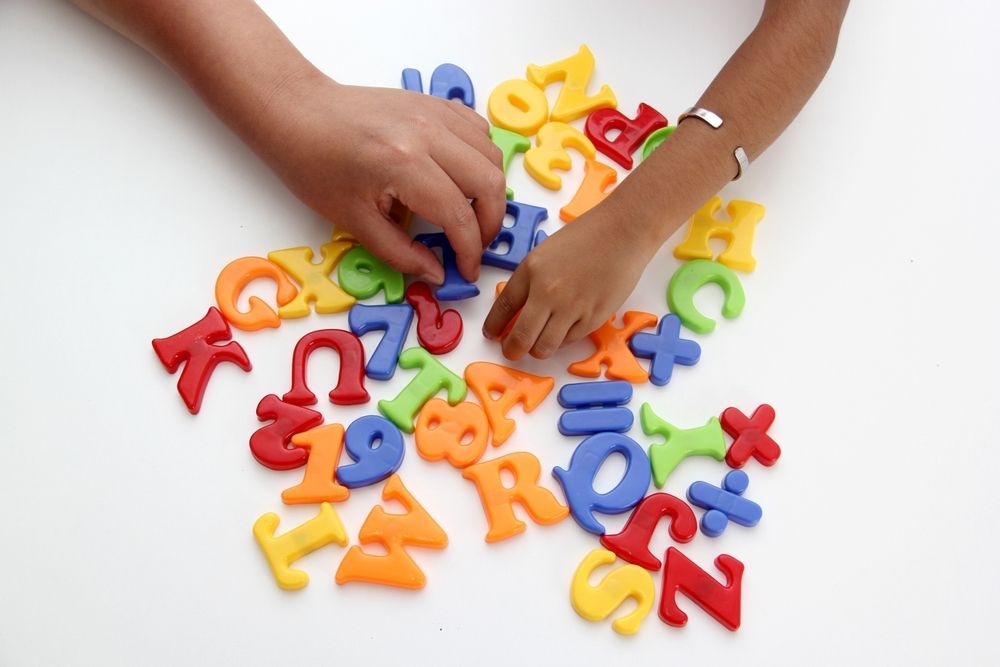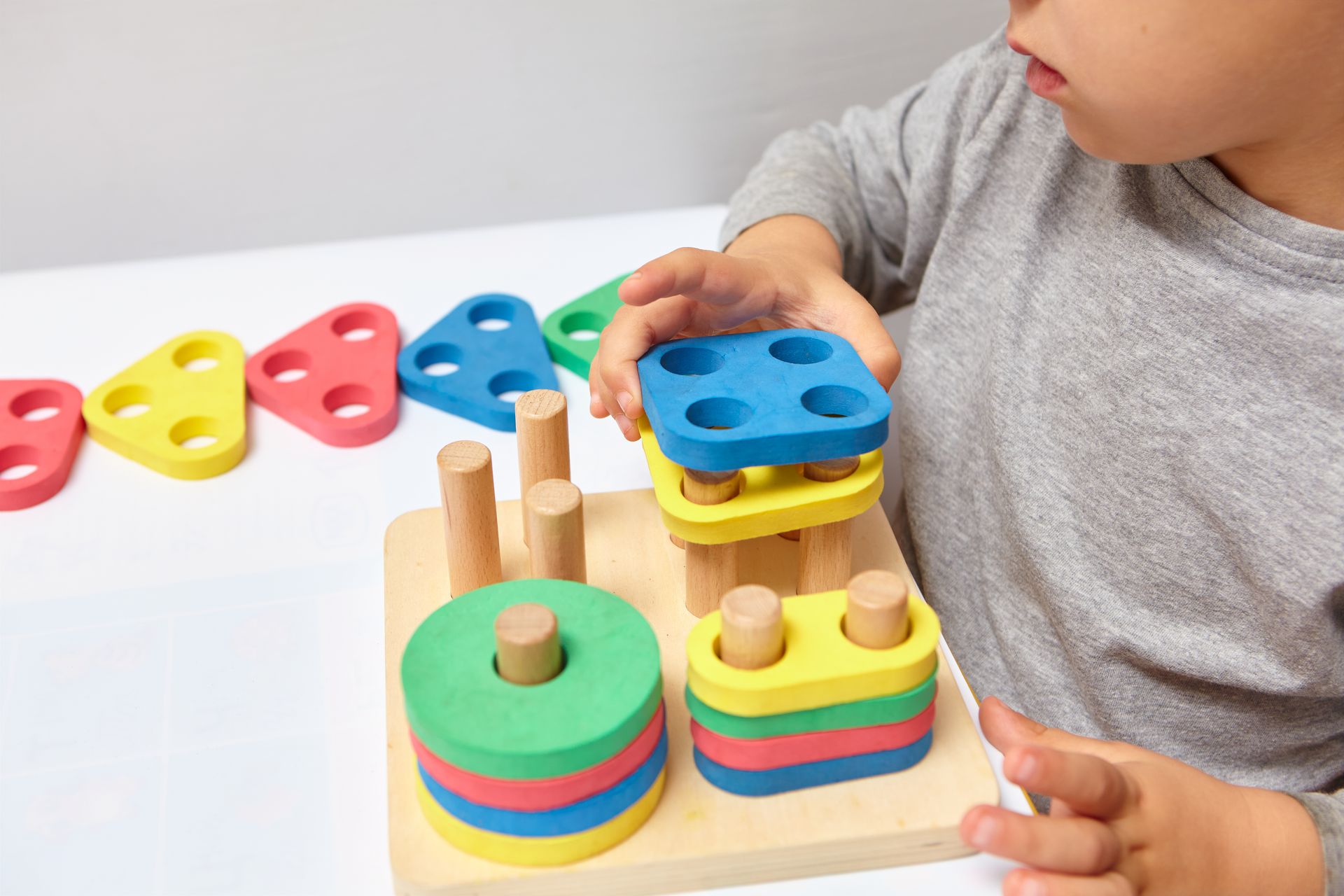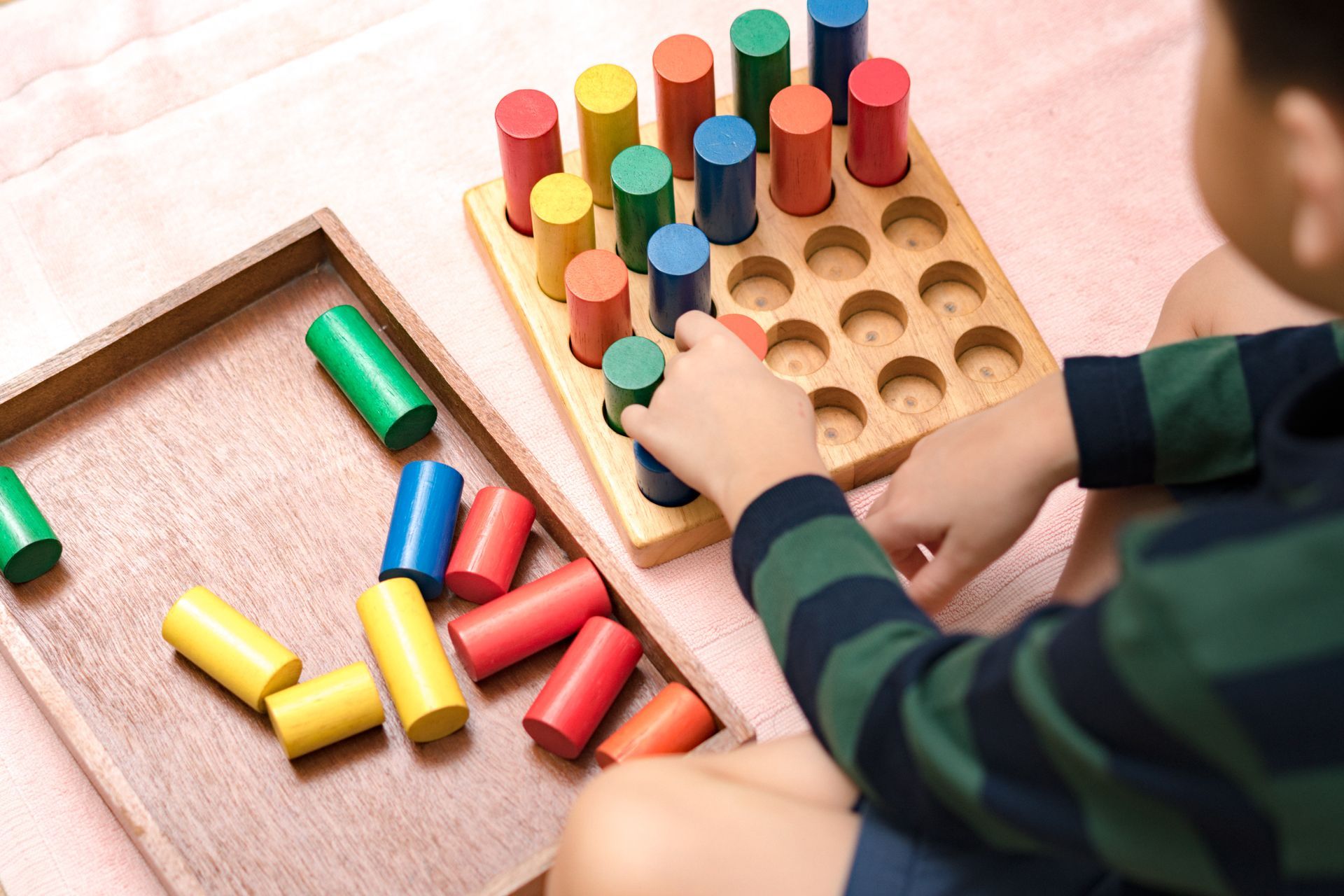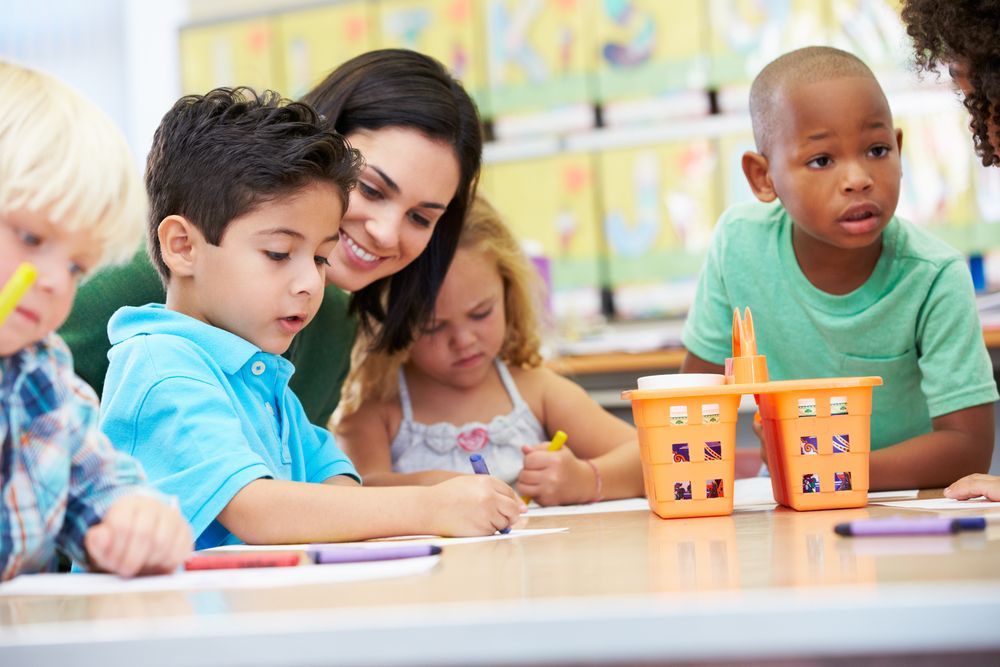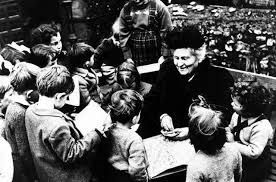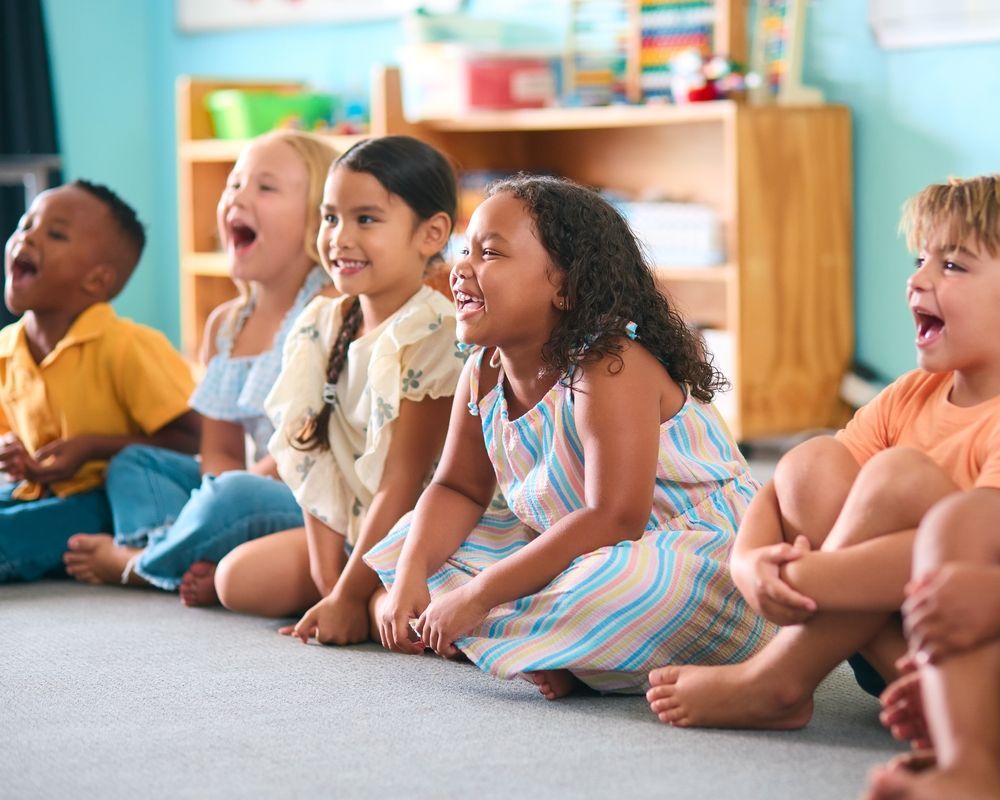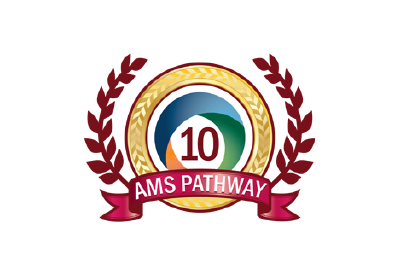The Montessori Potty Training: A Complete Guide
Share this Article:
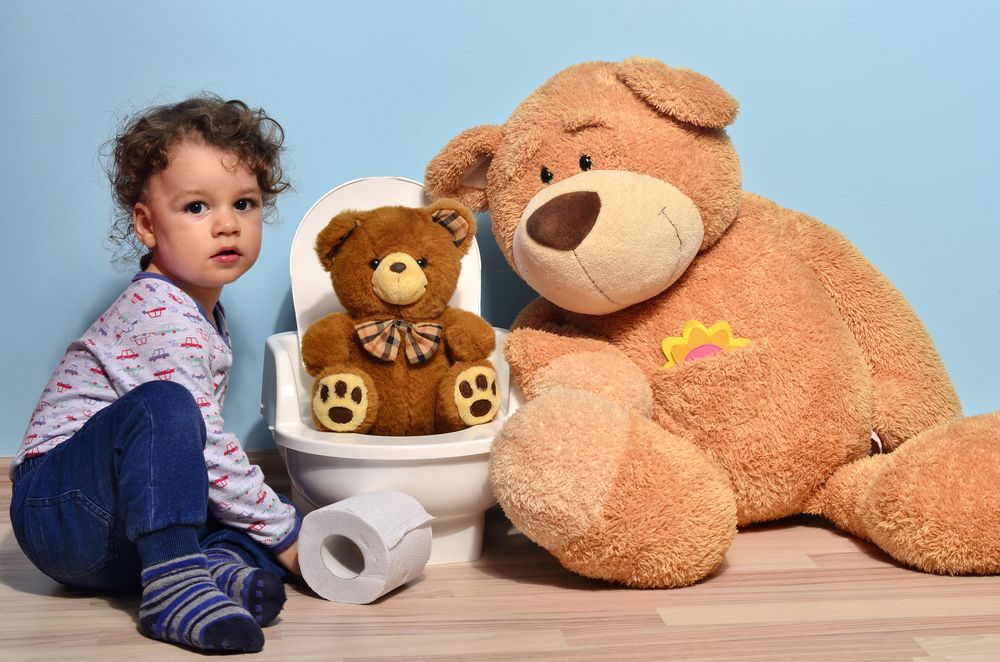
The Montessori learning approach follows the development of the child, giving them independence and autonomy over many of the tasks they need to do in life. Montessori potty training is no different. If you’re a Montessori parent, you’ll approach toilet training as a natural and gradual process. Here’s what you need to know about helping your child find success in this process so they can be successful at learning to use the toilet as early as possible.
When Should Toilet Training Begin?
In some ways, this is a trick question. In the Montessori approach, there’s no set age when toilet training officially starts. It actually starts even in infancy, as parents talk about bodies and bodily functions when handling diaper changes or helping the child get dressed. When the child begins showing interest in toilets at around 1 year old, they can start sitting on a small potty to imitate the process. By age 2 , they should be fully ready for the process.
- Showing an interest in the potty
- Staying dry longer
- Communicating when they are going in their diapers
Readiness often appears between 12 and 30 months of age, and every child is different. Instead of focusing on age, focus on the child’s behaviors. If your child has special challenges , they may need to start later, so go by their signs.
Create an Environment for Potty Training
Even before you start the toilet training process, prepare the home environment to make it natural. Consider doing diaper changes in the bathroom to put an association between toileting activities and the toilet. Add a small potty if you have room, and place it in the bathroom. Add a step stool to make the sink accessible. Purchase underwear and training pants to transition the child into something more appropriate for potty training. If you can, use cloth diapers when you need to diaper your child. Finally, add some books on toilets and potty training to build interest in the process.
Establish a Routine
There aren't specific rules in Montessori about potty training routines, but you do need to create one and stick to it as much as possible. Some options include:
- Bringing your child to the potty regularly at fixed times the first few times.
- Use visual and verbal reminders to prompt the child to use the toilet.
- Run to the toilet with the child the moment they start “going,” so they finish the job in the toilet.
Regardless of the routine and method you choose, you’ll start to notice patterns. Take your child to the toilet at the times they usually need to use it. This will help them catch on more quickly.
Use Montessori Independent Techniques
What makes Montessori potty training different than other forms of potty training is the independence you give your child. The Montessori learning method is all about teaching children to do things for themselves, and this is no different when it comes to potty training.
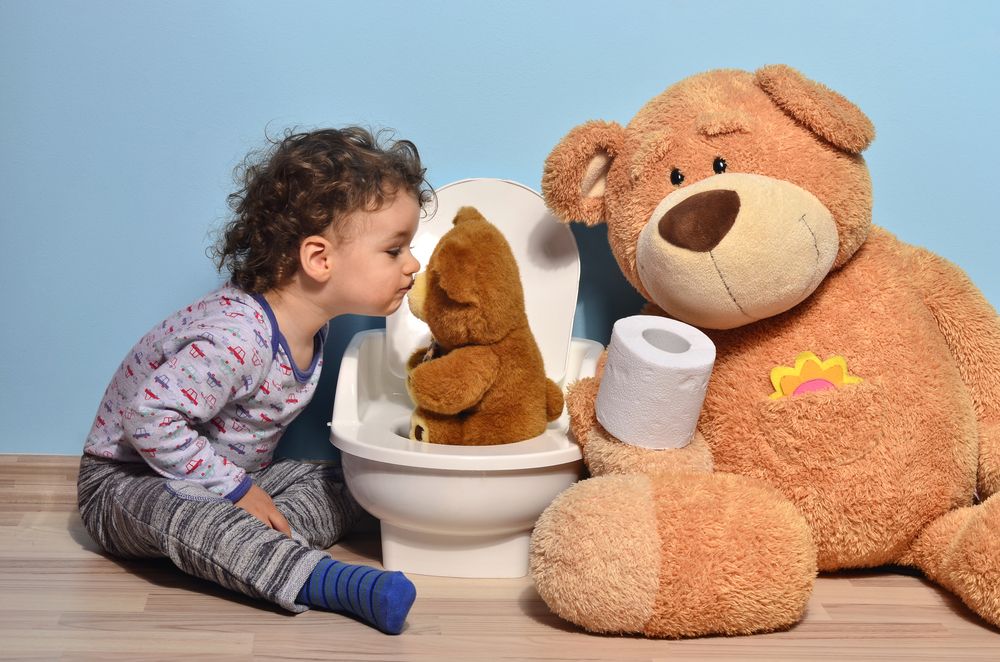
The Right Supplies
To give your child independence, you need the right supplies. These include:
- A potty or potty seat they can use independently
- Step stool for independent hand washing
- Clothing that’s easy to get on and off for independent use of the toilet
- A bucket for soiled clothing and a pile of clean underpants in the bathroom
- Cleaning cloths or wipes in the bathroom for accidents
Understanding Your Role
Your role is not to pressure your child but rather to help them by providing the right instruction and supplies. Language is also important. Use proper language for body parts and bodily functions. Tell the child that it’s time to go to the potty rather than asking them if they need or want to go. Model using the potty by allowing the child to observe the process, if appropriate. Finally, avoid scolding or shaming for accidents because accidents will happen.
The Right Process
When your child goes to the potty, practice Montessori potty training by giving them as much independence as possible. Let them dump the little potty into the big toilet and flush it when they have success. Allow them to change their own clothes and clean themselves as much as possible when they make a mistake. These independent steps will help the toddler take ownership of the process and understand what is happening.
Unlike other potty training methods, you won’t use candy and stickers to reward success or punishment for mistakes. The natural reward of flushing the big potty and the natural correction of having to clean up are enough to support potty training without extrinsic rewards and consequences.
How to Overcome Challenges
Montessori potty training is a learning process. It takes time, and your child will make mistakes. However, the independence and positive support they have throughout the process are worthwhile. That said, you will have some challenges. Here are some tips to overcome them.
1. Nighttime Training
Nighttime training can take longer for kids, no matter the method you use. Make sure your child has easy access to a potty, putting a small one in the room if necessary. However, you may need to use diapers or overnight training pants until your child has developed enough to wake up when they need to go. You might also develop a routine of taking the child to the potty at your bedtime, giving them more chances to use it.
2. Refusal to Use the Potty
If your child refuses to use the potty, they may not be ready. Pushing them will only delay the process further. This is when you take a step back and wait. Continue the conversations and modeling, but don’t push. Remember, they're not going to go to kindergarten without this skill, so be patient.
3. Accidents
Accidents happen in toilet training. When they do, use simple language. Say, “I see you are wet, let’s clean up and get dry clothes.” Then help the child clean themselves and the area as independently as possible. The trick is to stay calm and supportive instead of being flustered.
4. Out in Public
Use public toilets as much as you can when out with your child. This can help them get used to using a potty that’s different than their potty at home. However, consider making a habit of going before you leave and right when you get home, just in case the public toilet is too much for them at their age. Bring extra clothing and cover your child’s underwear with a waterproof diaper cover or wrap, rather than resorting to diapers, when you are out and about for a long period of time.
Montessori potty training gives your child independence and control over a common bodily function. With the right modeling and environmental preparation, it can be a success for both of you. Be patient, positive, and prepared, and you’ll both do well. If you want some professional help, choose a daycare or preschool that also uses Montessori methods. Reach out to Mansio Montessori of Geneva to learn more about early education for your child.

